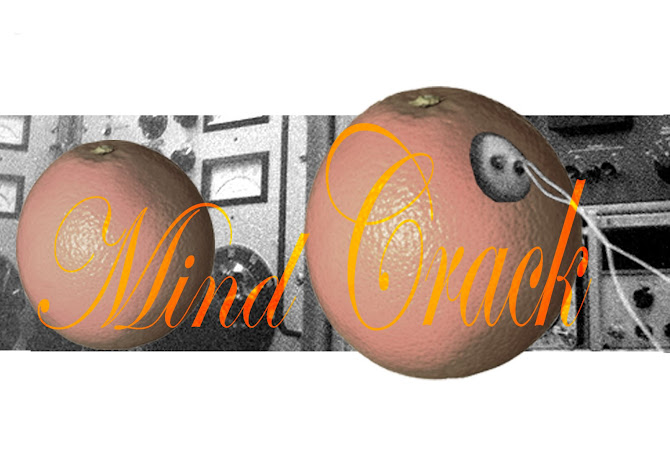Wednesday, December 7, 2011
Sunday, December 4, 2011
Portrait of a Cardinal

“But in so far as the subject is an artist, he is already liberated from his individual will and has become a medium through which the only truly existent subject celebrates his redemption through illusion. For this above all must be plain to us, to our humiliation and our enhancement, that the whole comedy of art is not at all performed for us, for our improvement or edification, any more than we are the actual creators of that art world: but we can indeed assume for our own part that we are images and artistic projections for the true creator of that world and that our highest dignity lies in the meaning on works of art – for it is only as an aesthetic phenomenon that existence and the world are eternally justified.” Pg32 The Birth of Tragedy, F.Nietzsche
Francesco Alidosi, Cardinal priest of Santi Nereo e Achilleo in 1505 and Cardinal Protector of England in 1506; where he was a protector of Desiderius Erasmus and patron of the arts; a man that as Cardinal Pietro Bembo stated in 1508 "Faith meant nothing to him, nor religion, nor trustworthiness, nor shame, and there was nothing in him that was holy.”
He is the apparent subject of this small (79 cm x 61 cm) portrait oil painting that embodies not only the radiant joy of ambiguity, but also the historical reality of cruelty and perverse innocence through Christian reason.
While confronting the painting as art, as an explosion of beauty, craftsmanship and romance, you as a viewer are invited to explore its elaborate perspectival intensity by physically engaging with it, by creating a bond between you and the subject that goes far beyond any judgemental or rational urge; by holding his hand; a hand frozen in time, a hand that as history tells us, psychopathically murdered dozens of honourable Venetians without any reason but the God he created; this fiction was his masterpiece and his tragic input on society, it was an action of creation that allowed him to become “the monster” and to obtain orgiastic pleasures through extreme violence and probably extreme love.
Again, while appreciating the painting you transcend its historical baggage and enter the mesmerizing cosmos of the artistic impulse, of the psychology of form and colour, of the philosophy of the aesthetic and visual quality of the piece, where the painting does not belong to the material world any longer, it has travelled through the deepest and darkest corners of your perception. When confronted, analysis by categorization (history, iconography and technique) dissipates completely, it becomes irrelevant, thus is avoided subconsciously in order to let the piece seduce and take over your rational being. This artistic impulse, quasi-Dionysian, induces the world you were part of into a deep and calm coma; ultimately numbs reality and morality in order to go far beyond good and evil, correct and wrong.
This phenomenon of confrontation with the utter beauty of the object is not a sublime experience, art is not sublime; the artistic (here I refer to the Dionysiac experience) is all-inclusive rather than alienating to the viewer as a sublimating object. The sublime needs critical distance, whereas the artistic demands a closeness of experience.
And by saying that this painting is all-inclusive, I am not contradicting myself, but reiterating that a single piece of utter beauty embodies every aspect of existence as a condensed product. This immeasurable amount of complexity, which is indirectly being injected into your brain, deadens your being and clears your soul; the separation between the reality you live in and the historical fiction you are envisioning disappear in order to give way to their amalgamation and sudden destruction.
Ultimately, this insignificant portrait is nothing but an officially anonymous painting by a Renaissance artist called Raphael, one piece between the many he produced during his lifetime. I fell for it; I fell for an intensity that I have never encountered in any action of creation ever since.
Subscribe to:
Posts (Atom)
